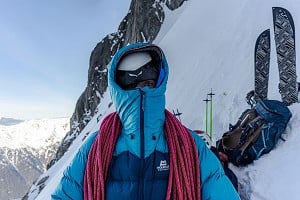
In this review UKC regular gear tester Toby Archer keeps warm wrapped up in the Jottnar Fenrir Down Jacket - taking it out in some pretty damp weather, but that is what it is designed for, right?
Last winter I really enjoyed reviewing the Jöttnar Fjorm down jacket, a wonderfully designed and ferociously warm down jacket good for belaying in the most horrible conditions. Hence it was a pleasure to then be asked to review Jöttnar’s second and rather different style of down jacket, the Fenrir (and, no, the Jöttnar chaps clearly don’t intend on making any of their product names more pronounceable!).
At 394 grams on my scales, the Fenrir weighs less than two thirds of the Fjorm and packs considerably smaller too. It is a hooded, micro-baffled down jacket of the type that has become rather popular and, indeed, fashionable over recent winters, but with plenty of technical features that show Jöttnar is still targeting the technical mountain market with their designs.
Firstly, the cut is well worth noting. The Fenrir is a trim cut. I have used it as a belay jacket over a shell (Jöttnar’s own Bergelmir); it does go over but only just and for me at least, once I have some layers underneath its a bit too tight to pull down over my hips and bum. Wearing a harness only compounds this issue. Unlike the Fjorm, the cut suggests that the Fenrir’s isn’t really designed as a winter pull-over-everything belay jacket.
Indeed it fits more easily under the Bergelmir, although with the amount of sweat I produce when climbing or walking hard, I have never felt the need or really got the point of using down as a midlayer. Of course others may differ on this, and with the Fenrir using hydrophobic DOWN-TEK treated goose down, it can be expected to work better under a shell than thin down jackets did just a few years ago.
I have, though, found the Fenrir great to pull on over a softshell when rock climbing and will definitely be taking it as lightweight belay jacket for multipitch mountain rock routes in the future.
The jacket is rather spartan in terms of features accounting for its low weight and bulk. There are two zipped hand warmer pockets (I would happily live with 10 grams more weight in order to have an internal, zipped security pocket for car keys and the like); the cuffs are a simple elasticated design which works well, sealing warmth in but not being too tight.
The hood is also a simple, non-adjustable design with the same lycra hemming as the cuffs. If you don’t have the main zip fully up, you can pull the helmet over a climbing helmet (at least with a relatively low profile foam helmet) but clearly it isn’t a hood designed to be used over a helmet like the excellent wired one on the Fjorm.
When not wearing a helmet, and despite not having adjustment cords, I found the Fenrir’s hood works rather well - the main zip has a good soft chin guard and with that fully zipped up and the hood on, the jacket has cosy and protective vibe to it. The Fenrir does have a drawcord on its hem to keep it snug around your bum and hips.
Jöttnar calls the Fenrir a hybrid jacket as some of the jacket’s insulation channels are filled with synthetic insulation rather than down. Jöttnar have limited the synthetic insulation to around the hem of the jacket, the wrists and in the collar where you may well be breathing onto it. perhaps more synthetic insulation isn’t really necessary when the Fenrir’s shell seems pretty water resistant anyway, plus this is backed up by the hydrophobically treated down.
The company’s website actually says the Fenrir is designed for “cold and damp conditions”, something that not many down jacket makers would have said even just a couple of years ago before hydrophobic treatments became the norm.
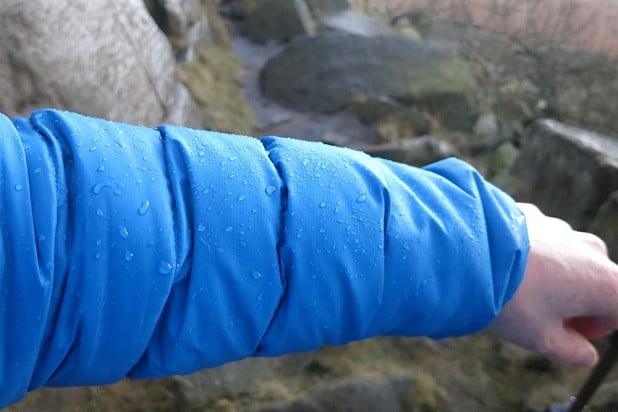
I’ve now worn the jacket while out on the eastern edges of the Peak in December, while trying to snatch some routes between wind-driven snow, sleet, hail and rain showers and have been impressed by the jackets ability to resist moisture. Previously I wouldn’t have thought of down jackets being much cop for that sort of thing, but the Fenrir has been holding its own.
How much this is the DWR coating on the jacket’s shell and how much it is the DOWN-TEK treatment on the down is hard to say, but overall, it doesn’t really matter - it works and, surprising myself a little, I would stand by Jöttnar’s claim of the jacket being for “cold and damp conditions”.
On these quick solo missions to get some routes in, I’ve actually found myself climbing in the Fenrir quite a lot. When climbing on my own I tend to favour easier crack climbs where I know I can lock myself into the route with secure handjams and finger locks. This does mean though you can’t worry too much about scuffing your jacket arms in an effort to get a jam deep in some dark gritstone crevice!
If I hadn’t been reviewing the Fenrir I probably would have been a bit reticent to find out how abrasion resistant it is via this method - but in the name of science (well, gear reviewing at least) I have been up to my elbows wearing it on numerous routes at Stanage, Burbage and Rivelin.
Overall, it seems to be superbly scuff resistant for such a lightweight jacket and this bodes well for anyone thinking the Fenrir might make a good alpine rock belay jacket or similar.
In conclusion, the Fenrir is eminently wearable jacket that is a lot tougher at standing up to the elements than you might expect from a lightweight downie. Pulled on over a shell jacket in very strong winds and sub-zero temperatures on the top of Helvellyn, the jacket offered plenty of quick warmth but with only 112 grams of down filling (albeit very high quality 850 fill down), it would be unrealistic to think of it as a full-on belay jacket; besides anything else the hood is a compromise if you are wearing a helmet. Better is to think of the Fenrir as really multipurpose and lightweight booster jacket for all sorts of other outdoor sports.
Mine will be stuffed into the pack for spring-time backpacks and hill walks; it will continue to come rock climbing for quick warmth between pitches, particularly when the cliff involves a good walk to get too and the lack of weight is a plus. It would also make a great lunch-stop jacket for ski tours in not too grim weather.
At an RRP of £200, the Fenrir isn’t even particularly expensive for a jacket in its class. Down jackets are always a bit of investment, but I think the Fenrir will give many years of useful service for any keen climber or outdoors-person.
A hybrid, hooded, lightweight, 850 Fill Power hydrophobic micro-down jacket for use as a mid or outer layer in cold and damp conditions.
Featuring water-repellent down, applied via nano-technology by our US based partner DOWN-TEK™, this jacket maintains loft and insulation irrespective of conditions. Unlike inferior versions, our water repellency does not wash out.
A lightweight, robust rip-stop face fabric allows the down to achieve full loft and its Durable Water Repellent (DWR) finish resists rain. Potential wet-out zones at the cuffs, hem and collar are reinforced with NEUTRON™ synthetic insulation meaning even less fear of moisture.
Highly versatile, Fenrir is at home in the vertical as it is in everyday use.
- More Information: Jottnar Website



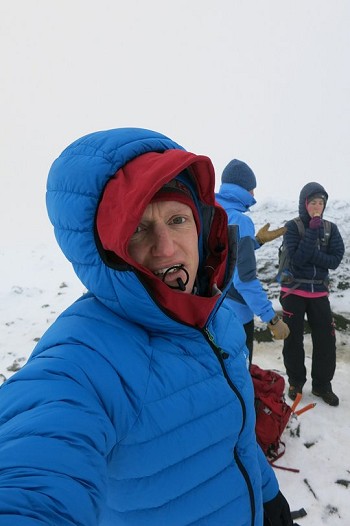
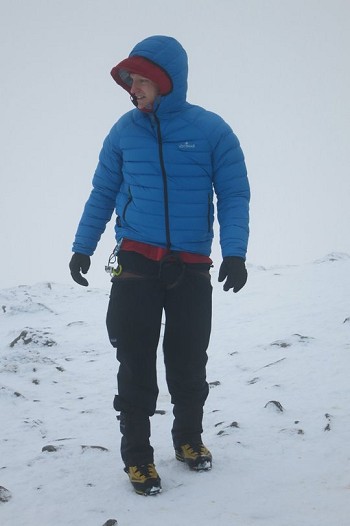
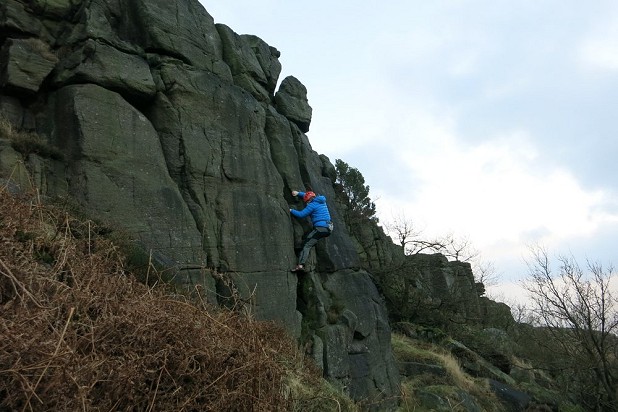
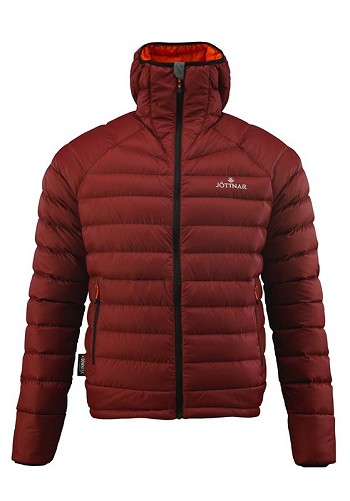







Comments